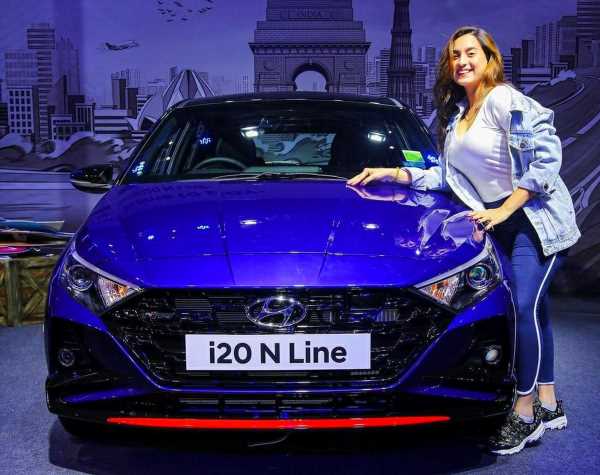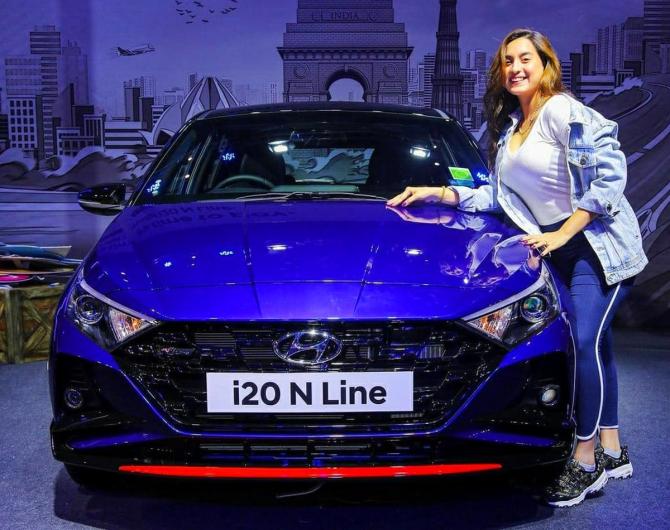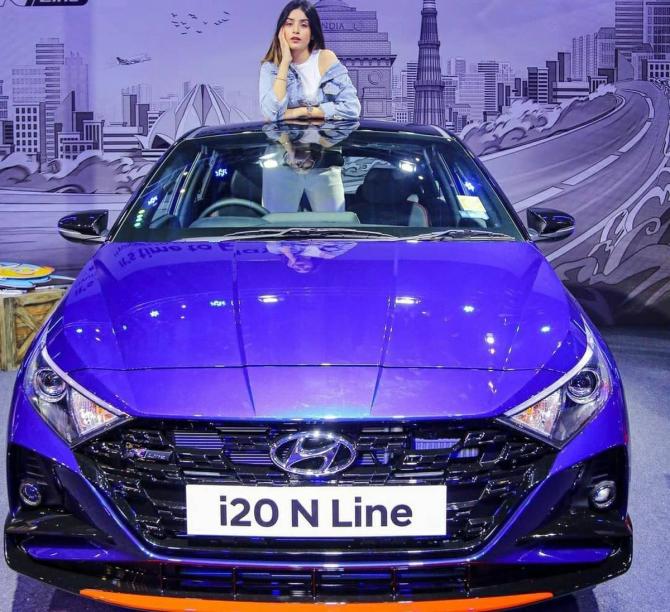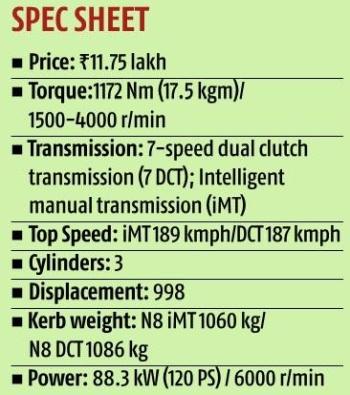For the longest time the Polo GT had no real competition in terms of its build quality and product positioning. Until now, says Pavan Lall.
Until about a decade ago, the focus of most manufacturers across the board in the auto sector was largely on a singular product segment, category and model range: the small car, aka the hatchback.
While the Tata Nano in part triggered the race to create a small and economical car for the masses, the offerings came in all forms and prices.
Skoda with its Fabia sat at the top end of the price and premium line-up; Hyundai had its i10, I20, and Getz in the middle; and market giant Maruti Suzuki had its Swift, which led the volume game along with other lower priced products such as the Alto and the WagonR.
Then later, Volkswagen, which began its push into India circa 2010, launched its global bestseller, the Polo, and followed it up with the Polo GT, essentially a sportier, racier, souped-up version, which was fun to drive, was targeted at enthusiasts, and was also more expensive.
For the longest time the Polo GT had no real competition in terms of its build quality and product positioning. Until now.
Hyundai’s N Line, recently launched in India, has the “N” representing two elements: Namyang district in South Korea, birthplace of the N brand and location of its global research and development centre; and the Nurburgring racetrack in Germany, home to its technical centre where N vehicles are tested.
It is also the first formidable threat to the Polo GT’s dominance in the world of hot hatches. Here’s why.
It’s a good looking little car, both outside and inside.
Its sharply designed bumper, with little streaks of red in the front fender and inside the door trims and dashboards, tell you that it isn’t an ordinary i20.
The transmission is automatic and moves smoothly through both low and high ratios, never letting the drive feel any turbo-lag or irregular jumps in speed.
The suspension, while rigid, is comfortable and the seats are well designed, supportive, and feel and look premium and sporty.
The dashboard, which looks like a bear has raked its claws through it, is sleek, black and very driver-oriented in conjunction with its nifty little console buttons, air vents and steering wheel.
All controls and design are exactly what millennials would dig in an everyday sports car for the city.
The Hyundai i20 N Line comes in three variants and is priced between Rs 9.85 lakh and Rs 11.75 lakh (Rs 9.84 lakh N6 iMT, Rs 10.87 lakh N8 iMT, Rs 11.75 lakh N8 DCT).
Given Hyundai’s almost Maruti-like cost of ownership and near Honda-like qualities of reliability, the N Line is unlikely to be super expensive when it comes to standard service jobs like oil changes, repairs and maintenance.
I took the N Line for a spin in New Delhi and found that it’s optimum for manoeuvring small roads, is easy to park, and, surprise of all surprises, has a back-seat that is fairly spacious, doesn’t feel claustrophobic and is almost as comfortable as the front seat.
The car rides along capably on Delhi’s highways as well as its by-lanes, and not for a second does an occupant see its size as a shortcoming.
With a design profile that’s as sleek as a bullet, the N Line does move faster than most hatchbacks, perhaps even the incumbent Polo GT, and that’s probably on account of having a slightly lighter body and an engine that is well tuned for quick ratio swaps up to higher speeds.
In other words, it’s a car designed and meant for brisk bursts of speed and sporty driving to quick little getaways in and around towns and cities that are just about right for escaping from the parents for a weekend or two.
Of course, with a price that’s over Rs 12 lakh on the road, youngsters will find it hard to forget who bought them the car.
Feature Presentation: Rajesh Alva/Rediff.com
Source: Read Full Article




